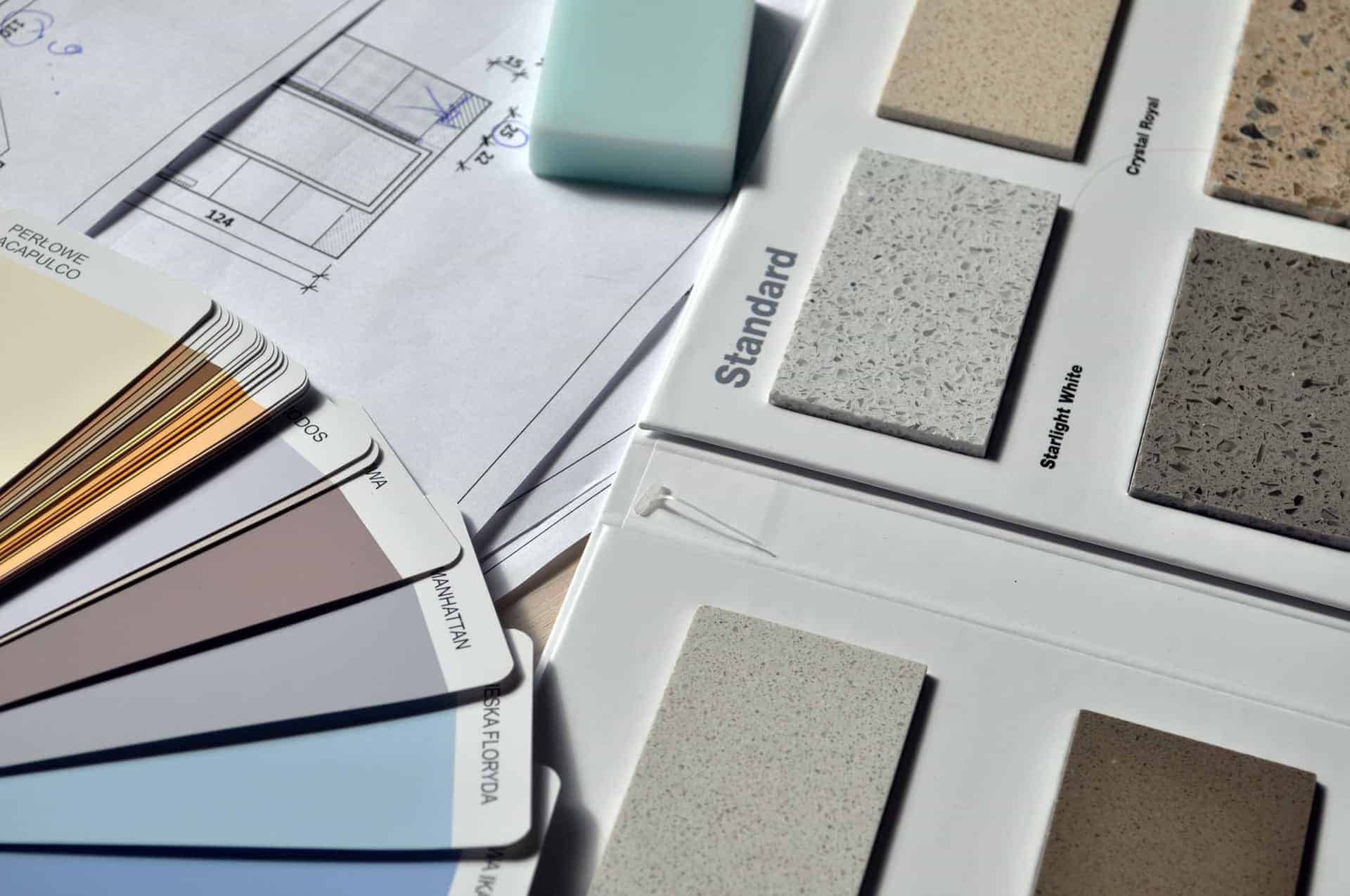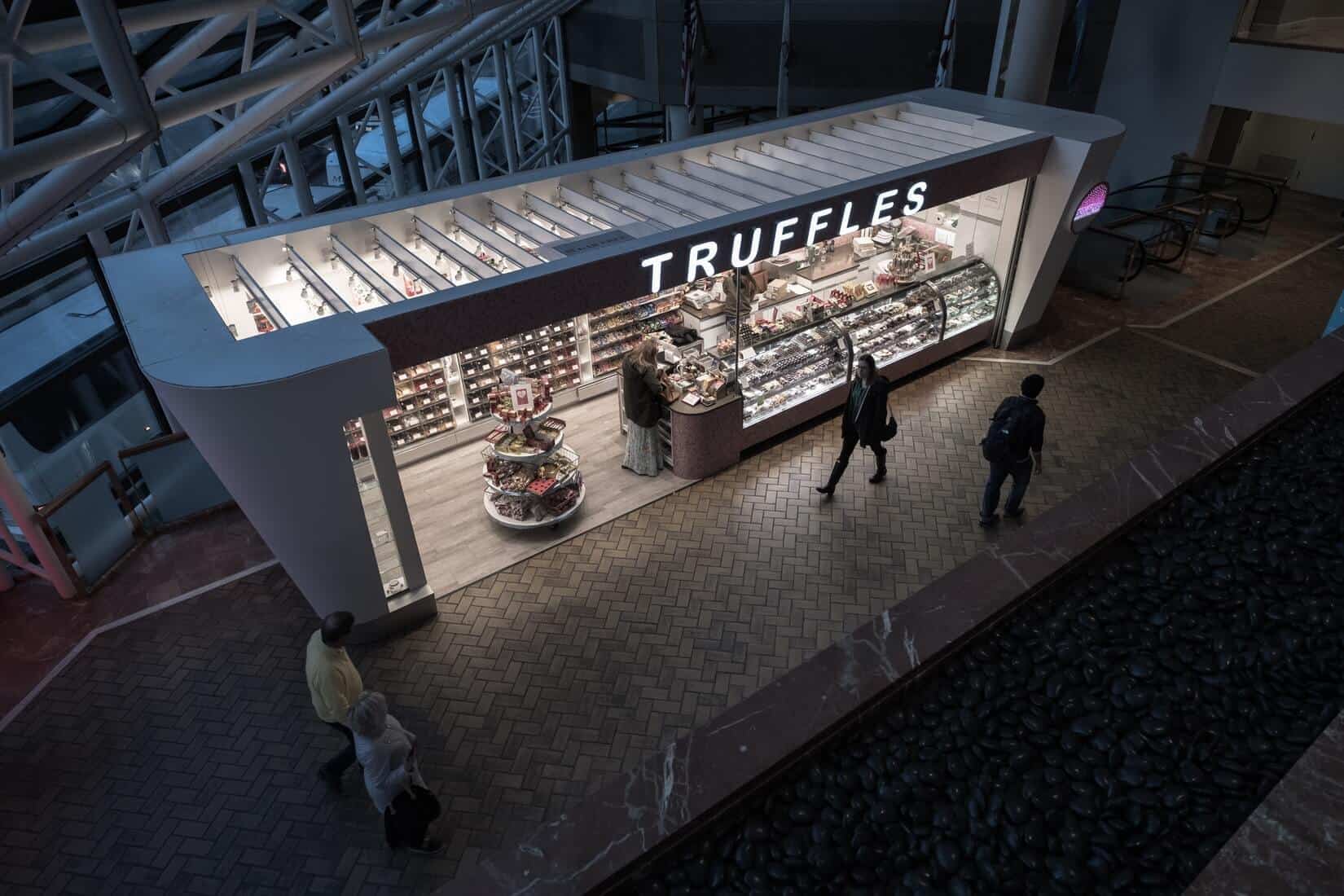What is a
WordPress theme
and how do I find the right one?
Five hints for beginners
searching forh
dem the right theme
Content: All about WordPress Themes
What is a WordPress theme?
A WordPress theme is the design template for your website. Its specifications decide about the way you can place text, pictures, videos and other elements on your website. In your WordPress theme, you also define important elements of your site, especially
- your site header including the navigation menu (this is usually the area on the very top of your site),
- the footer (this is the area at the bottom of your website where you can place information and links, e.g., a link to your imprint and contact data)
- and potential sidebars (these are the areas left and right of your content, often, they contain menus, details and calls to action)
Important criteria when choosing a WordPress theme
At first sight, choosing the right WordPress template seems quite straightforward. You could simply take a look at what template designers have to offer for free and as premium solutions and let your personal taste and the needs of your website project decide. Of course, you could also take a look at the number and quality of reviews. There are lot of free and premium templates to choose from. When deciding to buy a premium theme, you should take a look at its detailed license conditions. The reason for this is that some premium templates come with an unlimited license for as many websites as you would like to create, some are limited to one site only. Others even allow you to build as any websites based on one license – not only for yourself, but even for your customers.
Your WordPress theme decision has long-term consequences
WordPress beginners sometimes miss the fact that their template decision has a lot of consequences. The quality and flexibility of your template will influence how your site visitors and how you, the admin, can interact with your website. Advantages and disadvantages of your theme will have a huge impact each and every day.
So be sure to take into account what we consider to be five essential criteria to be considered when selecting a WordPress theme:
Is there a good theme documentation?
The best WordPress theme can only be as good as its documentation. Sooner or later you will want to change some aspects of your design. It could happen that you are not able to do so by using the graphical user interface. You will have to dig into the CSS code of your theme. When this occurs, it is very handy to have access to a manual or to a customer service area where you can find information on the file structure. This way, it is easier to tweak your theme’s appearance to your own needs.
An open support forum (public or clients-only) can also play an important role in theme documentation. Some theme creators answer all support questions of their customers in this kind of forum. This has the advantage that you as a user have the possibility to quickly look up the answers to common questions when modifying your theme.

Good documentation
A good documentation or a support forum will make your work with a WordPress theme much easier.
2. Is your WordPress Theme responsive?
Usually you will have the opportunity to test-drive the WordPress theme you are about to choose. Take this chance in order to check the theme’s performance on mobile devices. Take a look at the Live Demo on your smartphone. Did the developer manage to dynamically optimize this theme so that it delivers content in a mobile-friendly way? Does it deliver Responsive Design? This term describes the dynamically optimized content delivery for any screen size.
Some themes do much better in terms of Responsive Design than others do. They do not only optimize content for mobile display sizes in general. They also allow to exactly define mobile content behavior for every page and post and even for every single element in your layout. So, e.g., you could define that a certain image is displayed as a full-width background image on desktop screen sizes. However, the same image will not be delivered as a background on mobile devices, but it will be delivered above or below your text element in a smaller size.
You will probably love this kind of flexibility in Responsive Design the longer you work with your WordPress theme. This is why we think that you should consider Responsive Design as one of the most important criteria when choosing a WordPress theme.

Responsive Design
Your WordPress theme should dynamically adjust your content to different screen sizes.
3. Is it configurable?
Some design attributes like font face, -size and -color can be adjustd with no respect to the theme coder’s efforts in making it flexible. This is because WordPress itself already has this kind of menus for changing fonts and colors on board.
But when it comes to adjusting layout and menus more precisely, your WordPress theme makes the difference. Many templates come with an own menu called “theme options”, enabling users to set many different kinds of details which have a huge impact on your site’s overall appearance.
Fallen in love with a WordPress template? If yes, you should ask yourself the question: Which aspects will I probably want to change? Does the theme provide some configurable options which allow me to achieve that without dealing with CSS? What about my own CSS and programming knowledge, will it enable me to change design aspects by digging into the CSS code myself or will I be stuck?

Flexible configuration
As a user without detailed CSS and programming knowledge, you can profit from configurable options in a WordPress theme’s settings.
4. Do you need a Page Builder?
What is a Page Builder and does it make sense?
WordPress itself offers two modes when editing pages or posts. In “Visual Mode”, you can select formatting options with the help of menus and insert headlines, bold or italic text elements, images, and so on. In “Text Mode”, you can use HTML markup in order to achieve the same results.
But an up-to-date WordPress theme can do more. Many of the current themes come bundled with a Page Builder. This is an extended version of the editor for posts and pages working with easy-to-use modules. With the help of a page builder and its modules, you can:
- easily add new layout sections and columns, e.g., you can add a “new section including a one-third row and a two-third row” with only a fews clicks
- Within these sections, you can easily add pre-defined elements like text areas, images, videos, specially formatted elements like customer testimonials or slideshows, and so on.
Especially webmasters with some basic WordPress knowledge who are not experienced in CSS and programming are able to create layouts with the help of these page builder features which they would not be able to create otherwise.
So take a look at the specs of the WordPress theme you are about to purchase and check if a page builder is one of its features. If you can, check the page builder’s usability and features.
Aspects we would like to mention aswell:
- There are also theme-independent page builders, available as plugins. You can use them with themes which do not include an own page builder. This can of course be an option if compatible. But consider the fact that some page builders have a business model including premium add-ons which you will have to pay for.
- Depending on the type of Page Builder you use, you could find yourself running into some kind of dependency. This is because some page builders are storing their layout information by injecting shortcodes into the HTML version of your posts and pages. This means that when replacing the theme / the Page Builder and moving on the some other theme, you will have to manually identify and delete all of these shortcodes which have become part of your posts and pages.
Convenient frontend editing:
When working within a Page Builder, you see your content elements in a schematic view. Frontend editing (also referred to as inline editing) gives you a different view. It enables you to see your website content in the same way your website visitors will see it and edit everything in this (frontend) mode. This makes it easier to find the last remaining typos in your texts and to optimize the appearance of your posts and pages. A very comfortable option for convenient content optimization.
Some WordPress themes are delivered with frontend editing as an included feature. This can make a webmaster’s life much easier.

Page Builder
Themes with a built-in Page Builder system usually come along with many pre-made layout modules which are ready to use. You only have to curate them in the way you like and fill them with your own content. This can be a good choice for people who do not want to code everything theirselves.

Are Premium Themes Luxury?
Premium themes are not a luxury. It can be worthwhile to invest in their purchase. The provider ElegantThemes, for example, offers a so-called lifetime membership, in which you invest an amount once and then receive updates and support without a time limit. The most popular themes of this provider are “Divi” (multifunction template) and “Extra” (similar to Divi, but with more focus on magazine functions). Visit provider (Affiliate Link / Advertising)
5. Is the WordPress theme optimized for your plugins?
A beginner’s search for the right WordPress theme usually begins with Google searches for “free WordPress template”” or “responsive WordPress template” – and so on. Quite generic. And soon, the person is overwhelmed by those tons of WordPress themes available.
So think twice about the question: What is the core application and purpose of the website I am planning to launch? Will it contain a shop? Will it be some kind of classified site? Is it set to be a jobboard website? Or any other rather specific kind of website?
If yes, you should narrow your search to exactly the matching kinds of WordPress themes. The market is quite specialized these days. There are WordPress themes for nearly every application you can think of. Often, they are specially designed in order to play nicely with certain plugins for the intended application. Our impression is: In many cases, it makes sense to pay a small license fee in order to acquire a WordPress theme for the special niche you are going to address your website to. This can save you a lot of work and money you would otherwise have to invest afterwards.
But you should, again, pay attention to the license conditions and their details. Sometimes, there are different kinds of license available for personal and for commercial use. On the other hand, you do not always need to buy the commercial license just because you are planning to make money with your website. If in any doubt, get in touch with the theme author or with the market place the theme is sold on. Get a clear answer on what the license you are about to buy allows and what is excluded, and keep a copy of that answer for your own and long-term records. Failing to comply with the license term details can become costly and cause legal trouble.

Focus on certain plugins
Think twice about the most important application and purpose of our website. It could be a much better solution to buy a license for a WordPress theme which is especially designed for your application, e.g. for a job board, classified site or an online shop.
Highly specialized themes for specific purposes in the areas of community, e-commerce and more can be found at Codecanyon (Affiliate Link/Advertising) at prices usually between 10 and 100 USD.
Support with your WordPress theme
We can help if you need a second opinion or consulting concerning your WordPress theme and implementation. Drop us a line, give us a call or get in touch with Bernhard through one of his social media profiles.

Bernhard Jodeleit
Founder and owner, Lots of Ways GmbH
☏ +49 7471 7020540
[card title="Contact" text="text-darken-3 grey" title_color="blue"]
You need an offer or have questions? We would love to hear from you. Please use our contact form or give us a call: +49 7471 7020540. Your data will only be used to answer your enquiry and will subsequently be deleted.
[/card]
[card title="Privacy" text="text-darken-3 grey" title_color="blue"]
All information is optional. Please remember to indicate your e-mail or telephone number so that we can reach you. You could simply copy your email footer into our form - please make sure that your email ist included.
[/card]
Contact Form
If needed: Permanently encrypted communication with us
The above contact form will only protect your message on its way from your browser to our webserver. Afterwards, it will be transfered without encryption as a regular email. Make sure you do not send confidential information using this form. If you want to communicate with us on an encrypted channel and are familiar with the use of PGP encryption, please use the Public PGP Key of Bernhard Jodeleit, founder of Lots of Ways GmbH.


